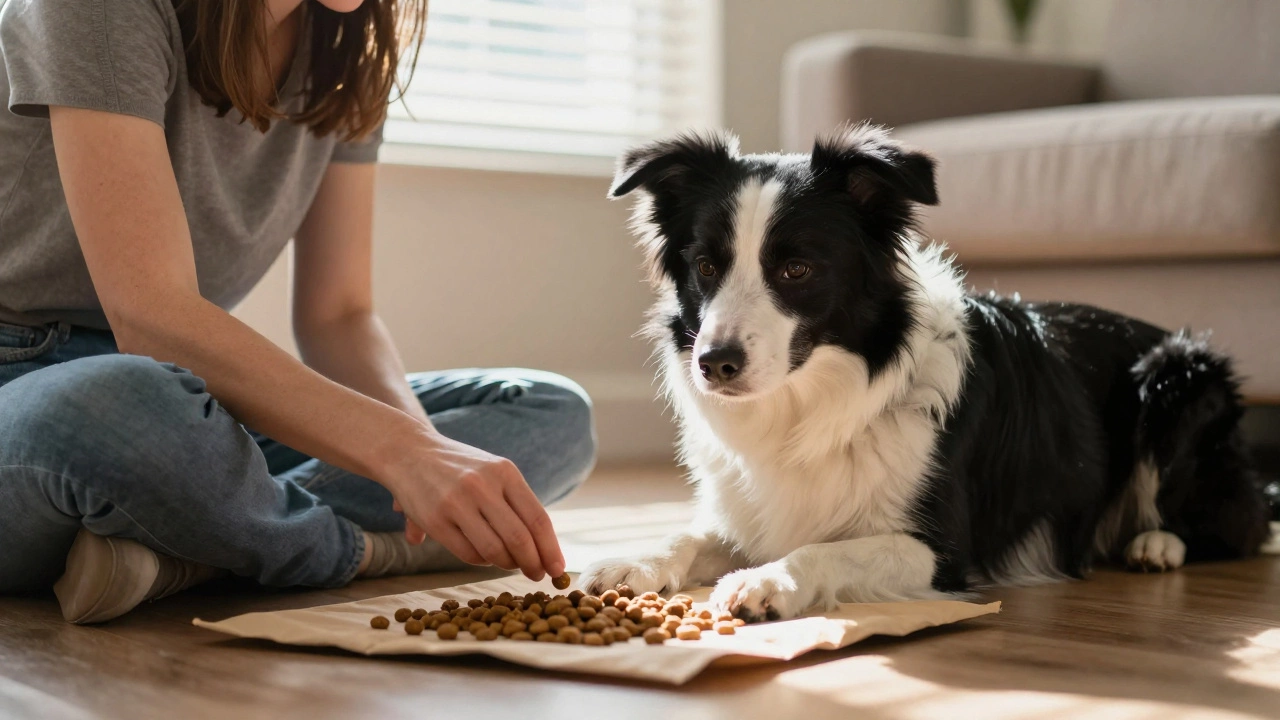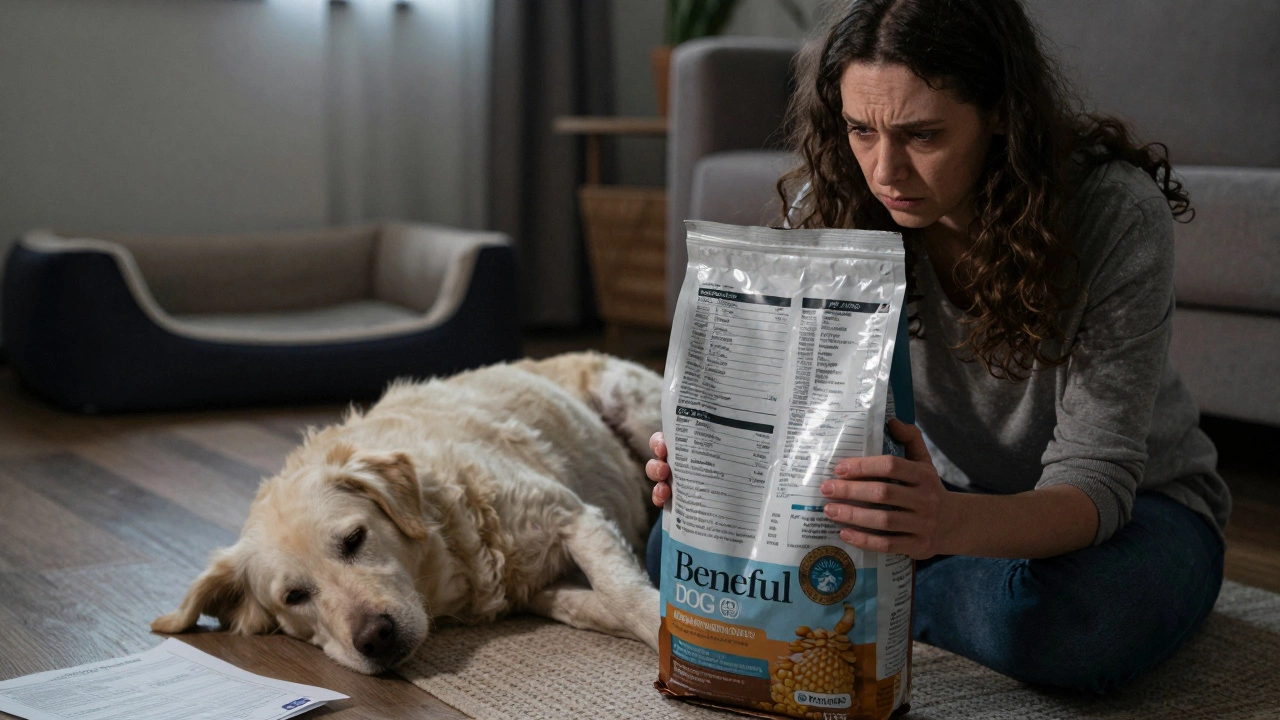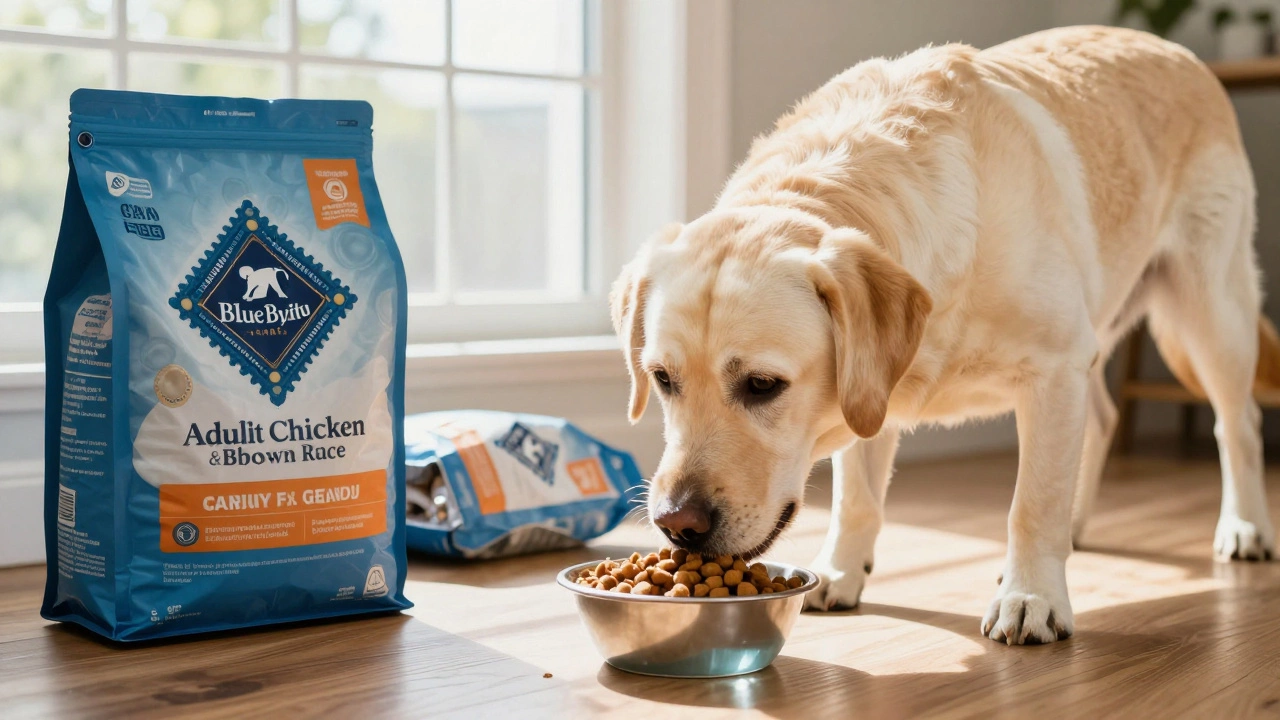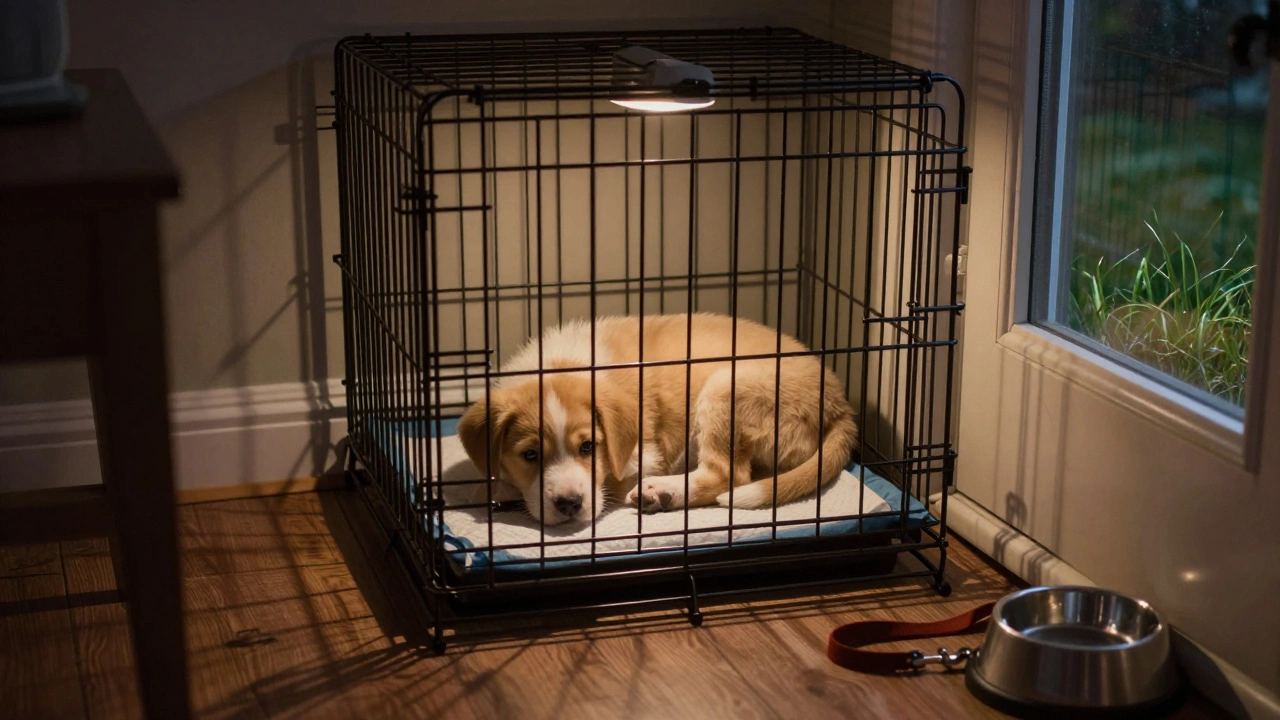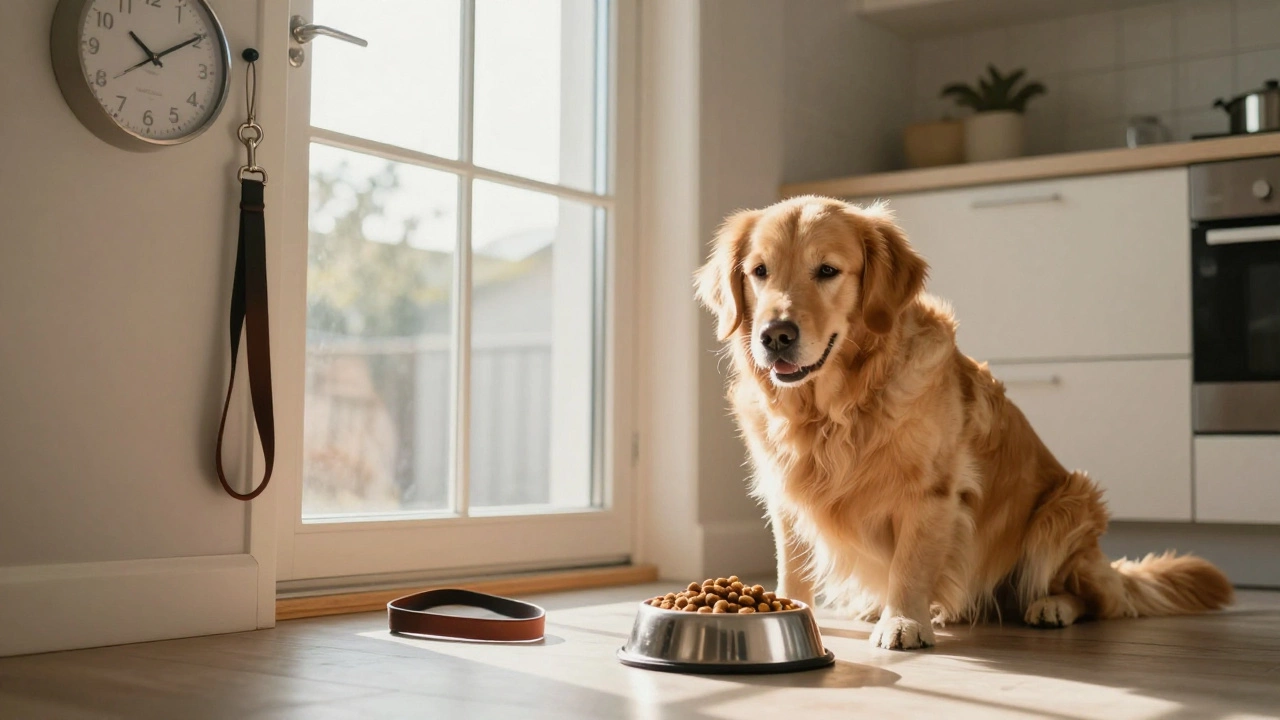Coat Type Grooming: How to Keep Every Fur Style Healthy
Not all dogs are built the same, and their coats need different love. Whether your pup sports a sleek short coat or a fluffy double layer, the right grooming routine can prevent mats, skin issues, and endless shedding. Below we break down the main coat types you’ll meet in South Tyneside and give you straight‑forward tips you can use at home or share with your groomer.
Short and Smooth Coats
Short‑haired breeds like Beagles, Boxers or Greyhounds have a sleek surface that feels soft to the touch. Because the hair is close to the skin, dirt and loose hair don’t hide for long, but the coat can still get oily. A weekly brush with a rubber grooming glove or a soft bristle brush keeps the shine up and removes dead hair. Bathing every 4‑6 weeks with a gentle, pH‑balanced shampoo is enough unless your dog gets really dirty after a mud romp.
Double Coats – The Weather‑Proof Layer
Think of Labrador Retrievers, Siberian Huskies or Golden Retrievers. They have a soft undercoat and a harsher outer guard. This combo protects against cold but loves to shed. During shedding season (spring and fall) aim for a daily de‑shedding tool or an undercoat rake; it cuts the loose undercoat before it ends up on your sofa. Regular baths (once a month) soften the outer layer, making it easier to comb. Skip heavy conditioners – they can weigh the coat down and cause matting.
Curly coats, such as those on Poodles or Bichon Frises, need a different approach. Their curls trap moisture and debris, so a weekly comb through with a slicker brush prevents tangles. Use a dog‑specific conditioner after shampoo to keep the curls supple. If you notice a knot forming, gently work it out with a detangling spray; pulling hard can hurt the skin.
Wiry coats, common in Terriers and Wire‑haired Foxes, are built to be tough. They don’t shed much, but the hairs can become coarse if you skip regular trimming. A hand‑scissor trim every 6‑8 weeks keeps the coat manageable. A firm bristle brush removes dead hair and helps distribute natural oils, giving the coat a healthy glow.
Hairless breeds like the Chinese Crested or the Xolo have no fur to brush, but they still need skin care. Weekly gentle wiping with a damp cloth removes oils and prevents hotspots. Use a moisturizing, hypoallergenic spray if the skin looks dry. Even without a coat, regular check‑ups for parasites and sun protection are a must.
Whatever coat your dog has, a few universal rules apply: always start grooming when your pet is calm, reward with treats, and use tools designed for dogs to avoid skin irritation. If a mat feels stubborn, soak the area first – water makes the hair softer and easier to untangle. And remember, professional groomers in South Tyneside can handle the tough jobs, from deep de‑shedding to breed‑specific cuts, so you don’t have to battle a full‑blown fur disaster at home.
Bottom line: match the tool, frequency, and product to the coat type, and you’ll keep your dog looking fresh, feeling comfy, and shedding less around the house. Happy grooming!
How Often Should You Groom Your Dog? Normal Frequency Explained
Learn the right grooming schedule for any dog breed, from short‑haired to double‑coated, with tips on tools, signs, and DIY vs professional care.


